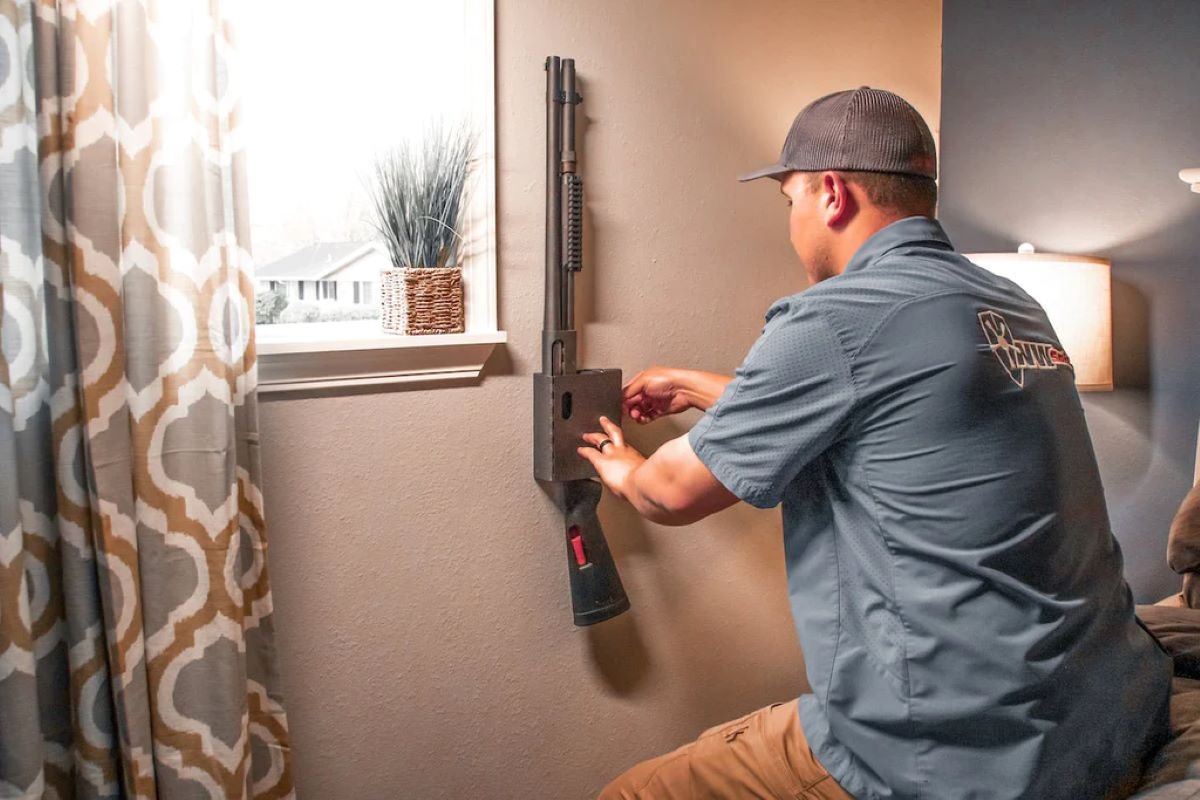

Articles
How To Store A Shotgun
Modified: January 8, 2024
Learn the proper way to store a shotgun with this informative articles. Discover essential tips and techniques to ensure the safety and longevity of your firearm.
(Many of the links in this article redirect to a specific reviewed product. Your purchase of these products through affiliate links helps to generate commission for Storables.com, at no extra cost. Learn more)
Introduction
A shotgun is a powerful and versatile firearm that requires proper storage to ensure safety and longevity. Whether you are a passionate hunter, recreational shooter, or someone who owns a shotgun for self-defense, storing your shotgun correctly is paramount. This article will guide you through the essential steps of storing a shotgun safely and efficiently.
Proper storage not only protects your shotgun from damage and corrosion, but it also prevents accidents and unauthorized access. By following the appropriate safety precautions and investing in the right storage equipment, you can ensure that your shotgun remains in optimal condition for years to come.
Before we delve into the details of storing a shotgun, it is essential to highlight some of the general safety precautions that should always be followed. These precautions will help prevent accidents and ensure the well-being of yourself and those around you.
Key Takeaways:
- Prioritize safety by treating your shotgun as if it’s always loaded, storing ammunition separately, and choosing a secure, controlled storage location to maintain its longevity and prevent accidents.
- Properly disassemble, clean, and lubricate your shotgun before storing it in a suitable case, ensuring periodic maintenance and check-ups to uphold its optimal condition and reliability.
Read more: How To Store Shotgun Shells
Safety Precautions
When it comes to handling and storing shotguns, safety should be the top priority. Understanding and implementing the following safety precautions will minimize the risk of accidents and promote responsible firearm ownership:
- Always treat the shotgun as if it is loaded: Regardless of whether you know the shotgun is unloaded, always handle it with the utmost care and respect. Never point the muzzle at anything you do not intend to shoot, and keep your finger off the trigger until you are ready to shoot.
- Keep the shotgun unloaded when not in use: When storing your shotgun, ensure that it is unloaded. Even if you have no intention of using it in the near future, maintaining an unloaded firearm reduces the risk and potential consequences of accidental discharge.
- Store ammunition separately: It is crucial to store ammunition separately from the shotgun. Keeping them in different locations provides an extra layer of safety since unauthorized individuals will not have access to both the firearm and ammunition.
- Secure the shotgun with a gun lock or safe: Invest in a reliable gun lock or firearm safe to prevent unauthorized access. These devices add an extra level of security, especially if there are children or individuals unfamiliar with firearms in your household.
- Inform others about the storage location: It is essential to inform trusted individuals, such as family members or close friends, about the location of your stored shotgun. This is crucial in case of emergency situations or when you are unable to access the firearm yourself.
- Regularly inspect the shotgun: Conduct periodic inspections of your shotgun to ensure that it remains in good working condition. Look for any signs of damage, corrosion, or wear, and address them immediately to maintain the shotgun’s safety and reliability.
Following these safety precautions will minimize the risk of accidents and promote responsible firearm handling and storage. Now that we have covered the key safety measures, let’s move on to the next step: choosing a suitable storage location for your shotgun.
Choosing a Storage Location
When it comes to storing a shotgun, selecting the right location is crucial. The ideal storage location should prioritize safety, accessibility, and environmental conditions. Here are some factors to consider when choosing a storage location for your shotgun:
- Safety: Choose a storage location that is out of reach of unauthorized individuals, particularly children or individuals unfamiliar with firearms. Consider installing a secure locking mechanism to ensure that only authorized individuals have access to the shotgun.
- Accessibility: While safety is paramount, it is also important to have quick and easy access to your shotgun when needed. Choose a storage location that allows you to retrieve the shotgun efficiently, especially in emergency situations.
- Temperature and Humidity: Shotguns are susceptible to damage from extreme temperatures and humidity. Avoid storing your shotgun in areas prone to temperature fluctuations and high levels of humidity, such as basements or attics. Instead, opt for a storage location with controlled temperature and humidity levels to protect the shotgun from rust and corrosion.
- Air Circulation: Adequate air circulation is essential for preventing moisture buildup and maintaining the condition of your shotgun. Avoid enclosed spaces or storage containers that restrict airflow. Instead, choose a location that allows for proper ventilation to keep the shotgun dry.
- Protection from Environmental Factors: Protecting your shotgun from environmental factors, such as dust, dirt, and direct sunlight, is crucial for maintaining its longevity. Consider using a storage case or cabinet that provides an additional layer of protection against these elements.
Based on these considerations, some suitable storage locations for shotguns include a gun safe, a locked cabinet, or a dedicated firearm storage room. Whichever location you choose, ensure that it meets the necessary safety requirements and provides the optimal conditions to keep your shotgun secure and in good condition.
Now that we have covered the importance of selecting the right storage location, let’s move on to the next step: disassembling the shotgun for storage.
Disassembling the Shotgun
Disassembling your shotgun before storage is an effective way to reduce its overall size, prevent damage, and ensure proper maintenance. Follow these steps to disassemble your shotgun:
- Refer to the manufacturer’s manual: Consult the manufacturer’s manual for specific instructions on disassembling your shotgun. Different shotgun models may have varying disassembly steps, so it is essential to follow the instructions provided by the manufacturer.
- Ensure the shotgun is unloaded: Before disassembling the shotgun, ensure that it is unloaded and free of ammunition. Check the chamber and magazine tube to confirm that no rounds are present.
- Remove the barrel: Begin by removing the shotgun’s barrel. This is typically accomplished by unscrewing the magazine cap or barrel nut and sliding the barrel forward off the receiver.
- Detach the stock: Depending on the shotgun model, you may need to detach the stock from the receiver. This is commonly done by removing a screw or pin that secures the stock to the receiver.
- Take apart the action: The action of the shotgun, including the bolt, slide, and trigger group, may need to be disassembled for thorough cleaning and storage. Again, refer to the manufacturer’s manual for guidance on disassembling the action properly.
- Store the disassembled parts separately: Once disassembled, store the various parts of the shotgun separately. This helps prevent damage and allows for easier cleaning and maintenance of each individual component.
Disassembling your shotgun not only reduces its size for storage but also allows for easier cleaning and maintenance. Additionally, storing the disassembled parts separately helps prevent excessive wear and tear on the shotgun and allows for a more thorough inspection of each component.
On the next step, we will discuss the importance of cleaning the shotgun before storage.
Cleaning the Shotgun
Before storing your shotgun, it is essential to thoroughly clean it. Cleaning removes dirt, debris, and residual lubricant that may have accumulated during use. Additionally, it helps prevent corrosion and maintains the firearm’s overall performance. Follow these steps to clean your shotgun:
- Gather the necessary cleaning supplies: To clean your shotgun effectively, you will need cleaning brushes, cotton swabs, cleaning solvent, lubricant, and cleaning patches.
- Disassemble the shotgun: Disassemble your shotgun according to the manufacturer’s instructions, as mentioned in the previous section, “Disassembling the Shotgun.”
- Clean the barrel and action: Start by cleaning the barrel using a cleaning rod, bore brush, and cleaning solvent. Run the brush through the barrel several times, followed by a clean patch to remove residue. Repeat this process until the patch comes out clean. Next, clean the action and other removable parts using a combination of brushes, cotton swabs, and cleaning solvent.
- Clean the stock and forend: If the stock and forend of your shotgun are made of wood, gently wipe them with a clean cloth to remove any dirt or fingerprints. Avoid using excessive amounts of cleaning solvent, as it may damage the wood finish. For synthetic stocks, use a mild soap and water solution to clean and remove any grime.
- Dry and inspect the components: After cleaning, thoroughly dry each component of the shotgun using a clean cloth. Take this opportunity to inspect the parts for any signs of wear, damage, or corrosion. Address any issues before moving on to the next step.
Cleaning your shotgun not only helps maintain its appearance but also ensures that it functions correctly and remains in optimal condition during storage. By removing dirt, debris, and moisture, you minimize the risk of corrosion and other issues that can arise while the shotgun sits idle.
Now that your shotgun is clean, let’s move on to the next step: applying lubricant to the necessary parts.
Store your shotgun in a locked gun safe or cabinet to prevent unauthorized access. Keep it unloaded and store ammunition separately. Regularly inspect and maintain the firearm to ensure it is in good working condition.
Applying Lubricant
After cleaning your shotgun, the next crucial step is applying lubricant to the necessary parts. Proper lubrication prevents rust, enhances performance, and ensures smooth operation of the firearm. Here’s how you can apply lubricant to your shotgun:
- Select the appropriate lubricant: Choose a high-quality gun lubricant specifically designed for shotguns. Avoid using common household oils, as they may not provide optimal lubrication and could potentially cause damage to the firearm.
- Apply lubricant to moving parts: Pay attention to the moving parts of your shotgun, such as the action, bolt, slide, and trigger mechanism. Apply a few drops of lubricant and distribute it evenly using a clean cloth or a designated lubrication tool.
- Do not over-lubricate: It is crucial not to use excessive amounts of lubricant, as this can attract dirt and debris, leading to malfunctions. Remember that a little goes a long way when it comes to gun lubrication.
- Wipe off excess lubricant: After applying the lubricant, use a clean cloth to wipe off any excess. Leaving excessive lubricant on the shotgun can attract dirt and collect debris.
- Pay attention to specific areas: Focus on areas that experience significant friction, such as the bolt and chamber. These areas benefit from proper lubrication to ensure smooth cycling and reliable operation.
By applying lubricant to the necessary parts of your shotgun, you reduce the risk of rust and corrosion, enhance its performance, and maintain its overall reliability. Lubrication also helps mitigate friction and wear, ensuring that your shotgun functions smoothly when you need it.
With the lubrication process complete, let’s move on to the next step: choosing the right storage case.
Choosing the Right Storage Case
Investing in a proper storage case for your shotgun is vital to protect it from damage, dust, and moisture during storage. When choosing a storage case, consider the following factors:
- Materiеl: Select a storage case made of a durable material that provides sufficient protection for your shotgun. Commonly used materials include hard polymer, aluminum, or reinforced fabric.
- Size and Fit: Ensure that the storage case is the appropriate size to accommodate your shotgun. It should provide a snug fit to prevent unnecessary movement that can lead to damage during transport or storage.
- Interior Padding: Look for a storage case with sufficient interior padding or foam to cushion and protect your shotgun from impacts. This helps prevent scratches, dents, and other forms of damage.
- Locking Mechanism: Consider a storage case with a reliable locking mechanism to protect your shotgun from unauthorized access. This can be a combination lock, key lock, or even a biometric lock for added security.
- Weather Resistance: If you plan on storing your shotgun in areas prone to humidity or temperature fluctuations, choose a storage case with weather-resistant features, such as a seal to prevent moisture penetration.
- Portability: If you frequently travel with your shotgun, opt for a storage case that is lightweight, easy to carry, and equipped with comfortable handles or shoulder straps.
Remember that the storage case serves as the primary protective barrier for your shotgun during storage or transport. Investing in a high-quality storage case not only safeguards your firearm but also provides peace of mind knowing that it is secure and well-preserved.
Now that you have selected the appropriate storage case, let’s move on to the next step: storing the shotgun in a safe manner.
Storing the Shotgun in a Safe Manner
Once you have completed the necessary preparations, it’s time to store your shotgun in a safe and secure manner. Proper storage not only protects your firearm but also ensures the safety of those around you. Follow these guidelines to store your shotgun correctly:
- Unload the shotgun: Double-check that your shotgun is completely unloaded before storing it. Remove any ammunition from the chamber, magazine, or any other storage compartments.
- Reassemble the shotgun: If you disassembled your shotgun for cleaning, reassemble it as per the manufacturer’s instructions. Ensure that all components are properly fitted and secured.
- Place the shotgun in the storage case: Carefully place your shotgun in the selected storage case, making sure it fits snugly and is adequately protected. If necessary, make use of foam or padding to provide additional cushioning.
- Secure the storage case: Close and secure the storage case using the provided locking mechanism. If the storage case does not have a built-in lock, consider using an additional gun lock for added security.
- Choose an appropriate storage location: Find a suitable location to store your shotgun and storage case. Ideally, it should be a place that is out of reach of unauthorized individuals, such as children or those without proper firearms training.
- Avoid displaying the case: While it may be tempting to showcase your shotgun, it is essential to keep it out of sight to prevent attracting attention or potential theft. Conceal the storage case in a secure location.
- Monitor environmental conditions: Regularly check the storage location for any environmental changes that could affect your shotgun, such as humidity, temperature fluctuations, or excessive dust. Make any necessary adjustments to maintain optimal conditions.
By following these steps, you can store your shotgun in a safe and secure manner, ensuring its protection and the safety of those around you. Remember to always handle firearms responsibly and keep them out of reach of unauthorized individuals.
Now that you understand how to store your shotgun properly, let’s move on to the final step: periodic maintenance and check-ups.
Periodic Maintenance and Check-ups
Periodic maintenance and check-ups are essential to keep your shotgun in optimal condition, even during periods of storage. Here are some key practices to follow:
- Regular inspection: Periodically inspect your stored shotgun to ensure it remains in good working condition. Check for any signs of rust, corrosion, or wear. Look for potential issues such as loose screws or damaged components.
- Clean and lubricate: Even when stored, your shotgun can still accumulate dust and debris over time. Schedule regular cleaning and lubrication sessions to prevent the build-up of dirt and maintain proper function.
- Rotate ammunition: If you store ammunition alongside your shotgun, periodically rotate it to ensure optimal performance. Keep track of the expiration dates and swap out older rounds with fresh ones to maintain reliability.
- Environmental monitoring: Regularly monitor the storage environment for any changes that may impact your shotgun. Maintain proper temperature and humidity levels, and address any issues promptly to prevent damage or corrosion.
- Check storage case condition: Inspect the storage case regularly for signs of wear or damage. Ensure that the locking mechanisms are functioning correctly and that the case provides sufficient protection for your shotgun.
- Stay updated on regulations and laws: It is important to stay informed about any changes in firearms laws and regulations that may impact how you store and maintain your shotgun. Familiarize yourself with local laws and adhere to them accordingly.
By incorporating periodic maintenance and check-ups into your storage routine, you can address any potential issues early on and ensure that your shotgun remains in top shape. Consistent maintenance not only extends the lifespan of your firearm but also enhances its overall performance and reliability when you need it.
With these guidelines in mind, you are now well-equipped to store your shotgun safely and properly. Remember to always prioritize safety and responsible firearm ownership. By following these steps, you can protect your shotgun, maintain its condition, and enjoy years of safe and enjoyable shooting.
If you have any further questions or need additional guidance, feel free to consult the manufacturer’s manual or reach out to a firearms professional for assistance.
Own and store your shotgun responsibly, and happy shooting!
Read more: How To Load A Shotgun For Home Defense
Conclusion
Properly storing your shotgun is crucial for maintaining its safety, longevity, and performance. By following the steps outlined in this article, you can ensure that your shotgun remains in optimal condition, prevents accidents, and protects against unauthorized access.
Starting with the safety precautions, it is essential to treat your shotgun as if it is loaded, keep it unloaded when not in use, and store ammunition separately. A secure storage location with controlled temperature, humidity, and sufficient air circulation is key to preserving your shotgun’s integrity.
Disassembling and cleaning your shotgun before storage helps remove dirt, debris, and residual lubricant, while applying the right lubricant ensures smooth operation and prevents rust and corrosion.
Choosing the right storage case provides an additional layer of protection, and storing your shotgun in a safe manner, out of reach of unauthorized individuals, is paramount. Periodic maintenance and check-ups, including regular inspection, cleaning, ammunition rotation, and environmental monitoring, help keep your shotgun in optimal condition for years to come.
Remember to stay updated on firearms regulations and laws applicable to your region and adhere to them accordingly.
By implementing these practices, you can store your shotgun responsibly, enhance its longevity, and ensure the safety of yourself and those around you. Always prioritize safety and responsible firearm ownership, and enjoy your shotgun for years of safe shooting and outdoor adventures.
If you have any further questions or need additional guidance, consult the manufacturer’s manual or seek assistance from a firearms professional.
Take care of your shotgun, store it responsibly, and happy shooting!
Frequently Asked Questions about How To Store A Shotgun
Was this page helpful?
At Storables.com, we guarantee accurate and reliable information. Our content, validated by Expert Board Contributors, is crafted following stringent Editorial Policies. We're committed to providing you with well-researched, expert-backed insights for all your informational needs.
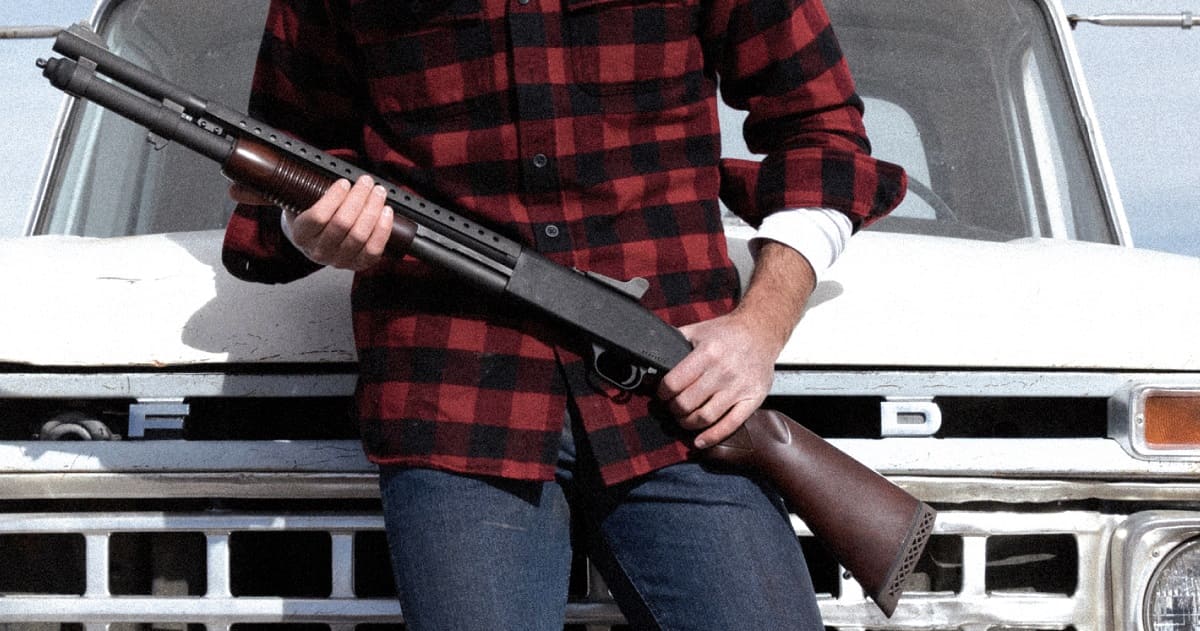
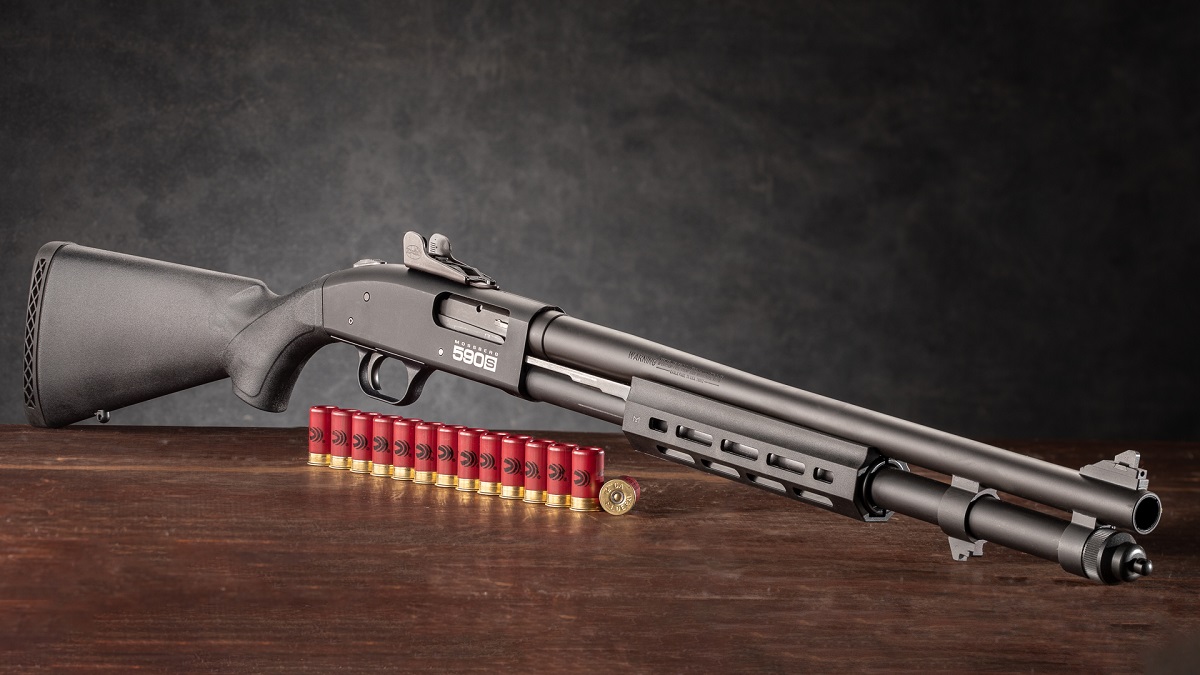

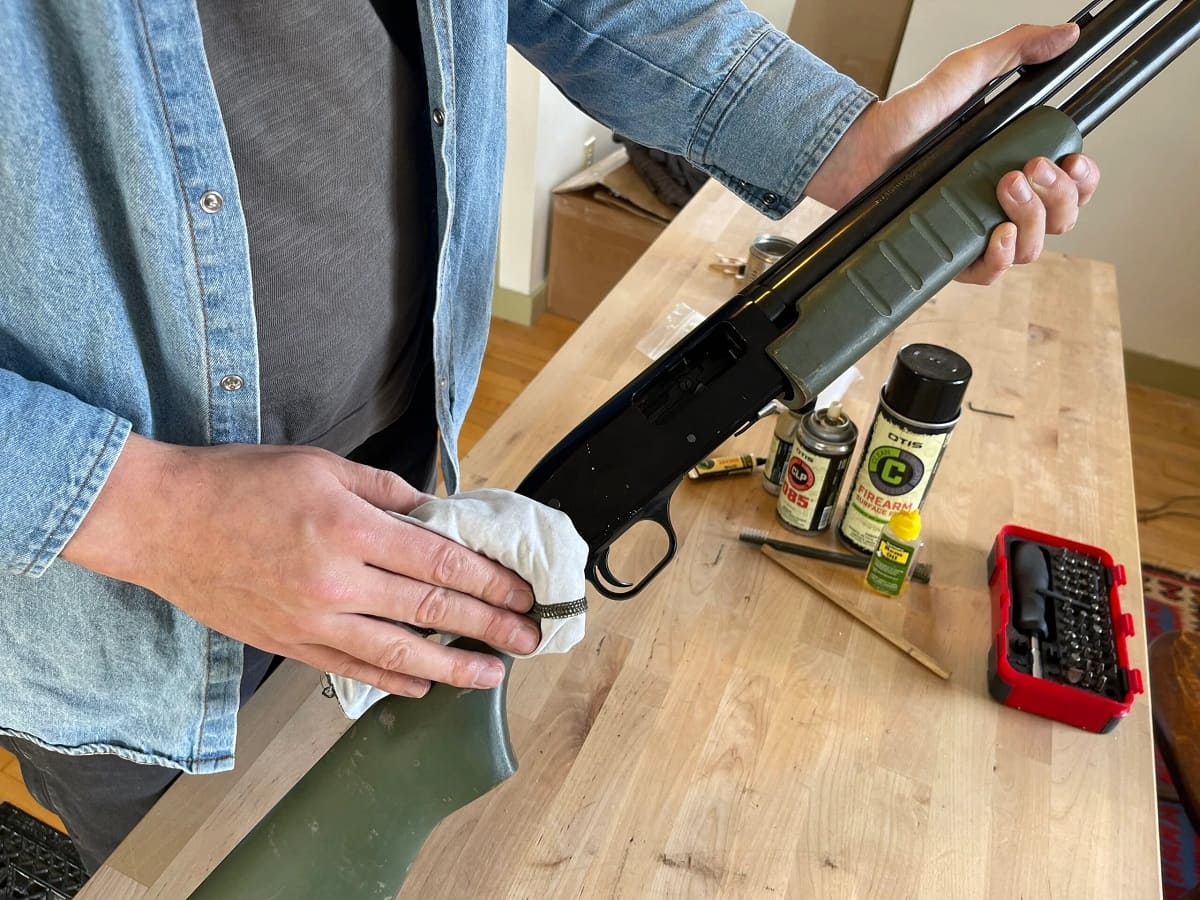
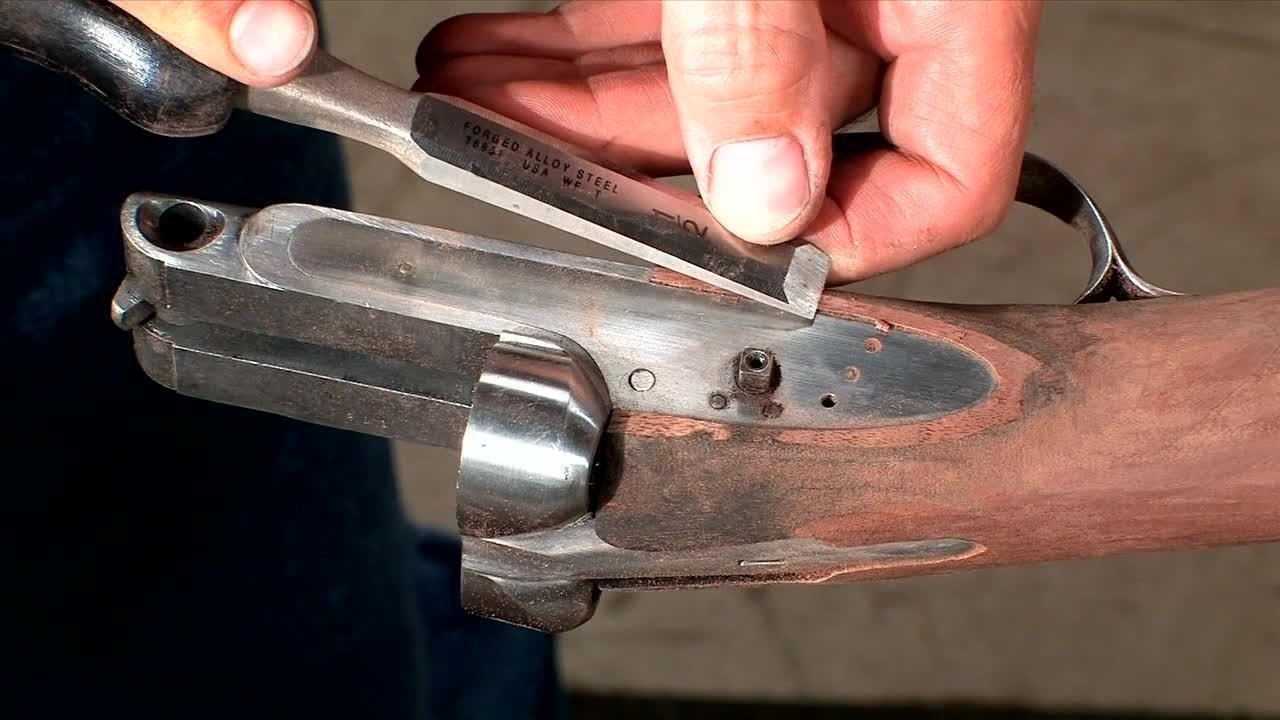
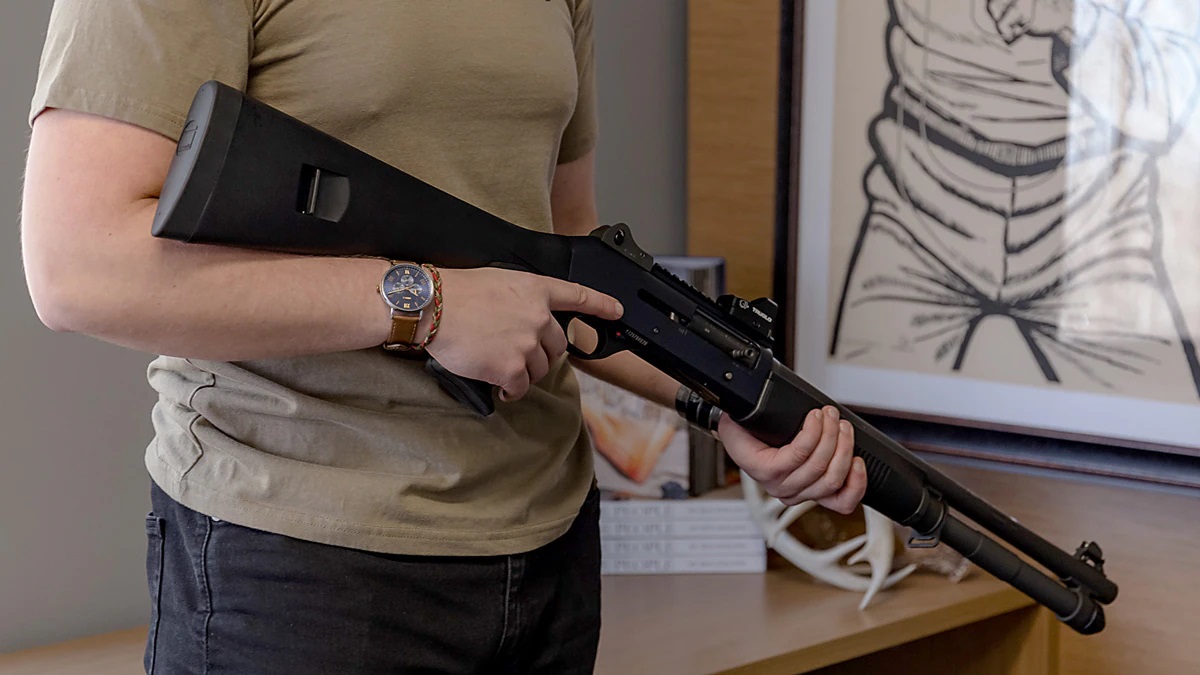
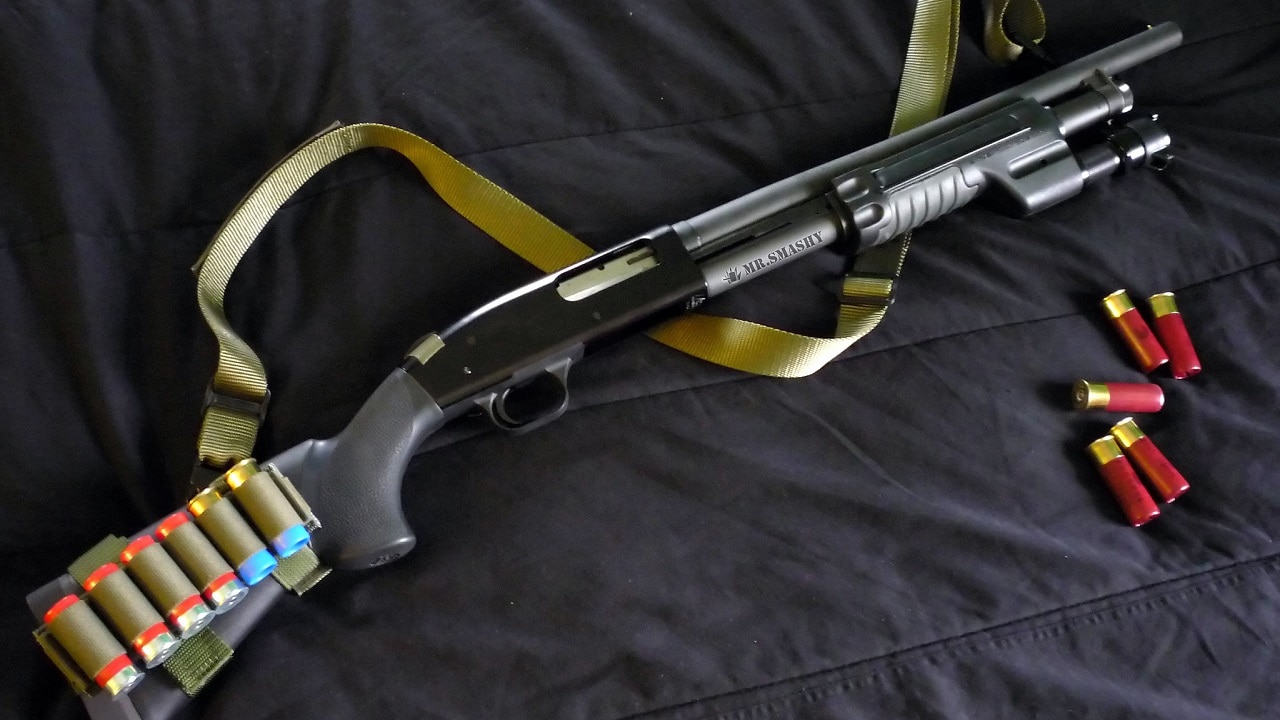
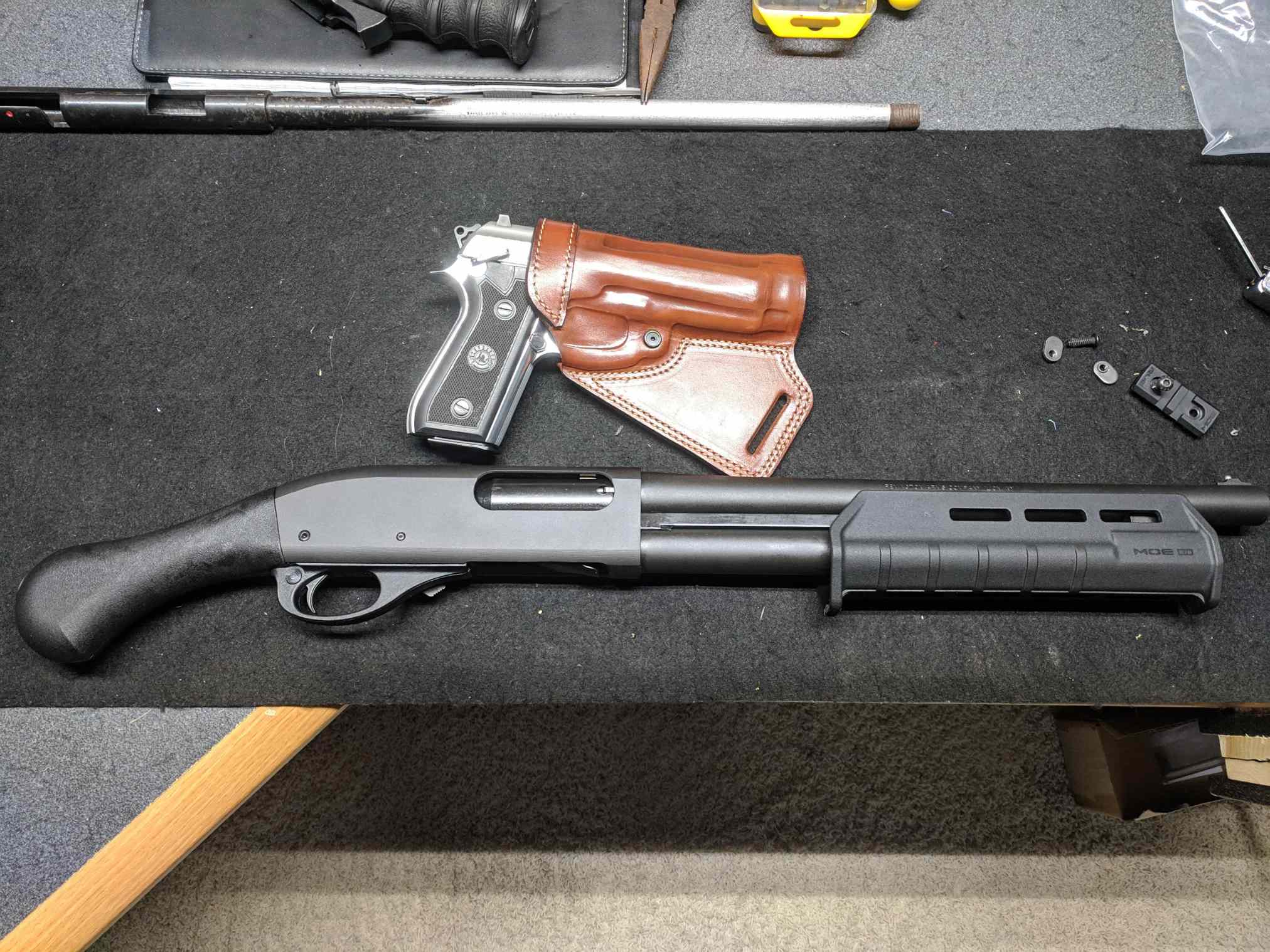
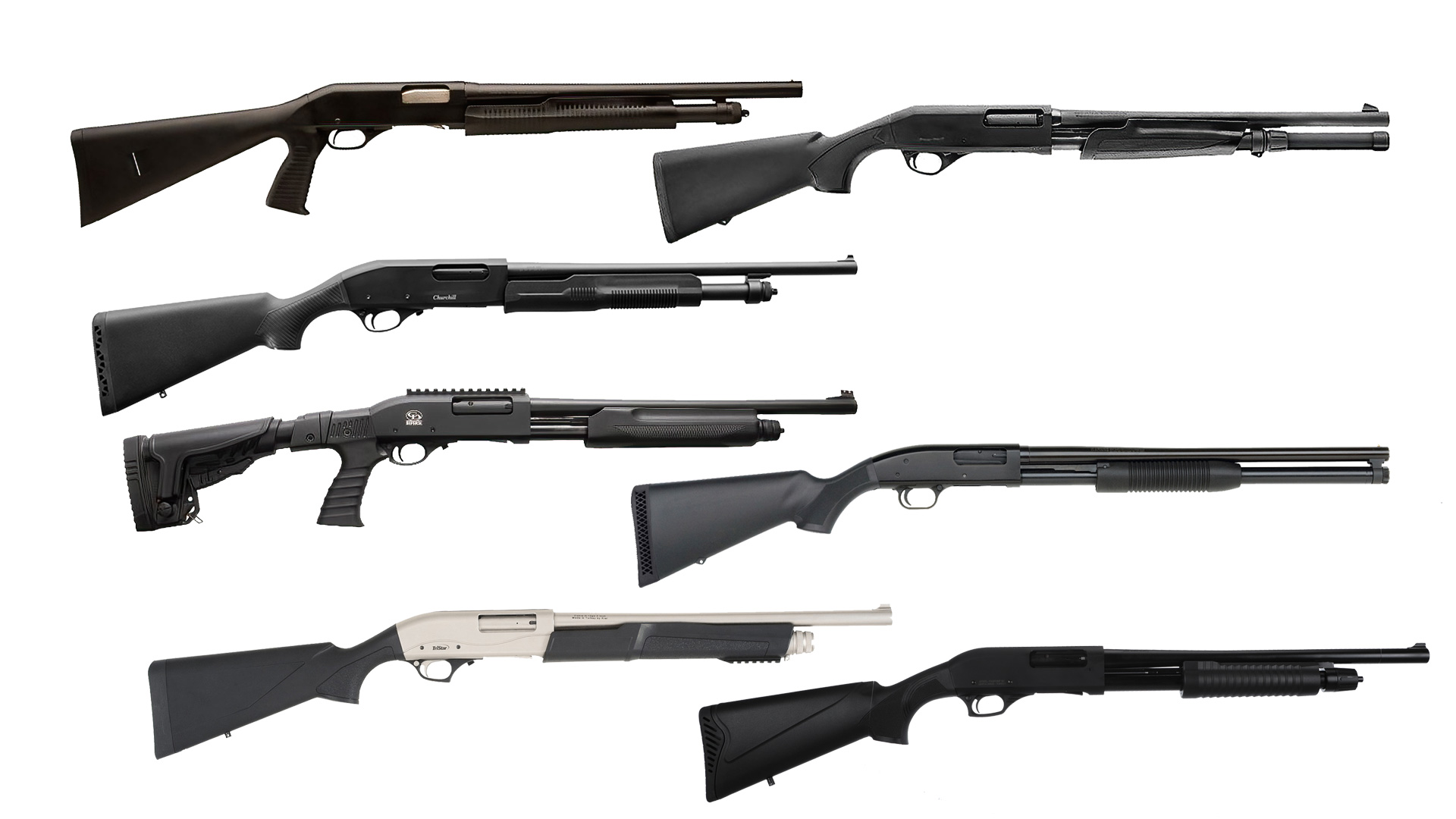
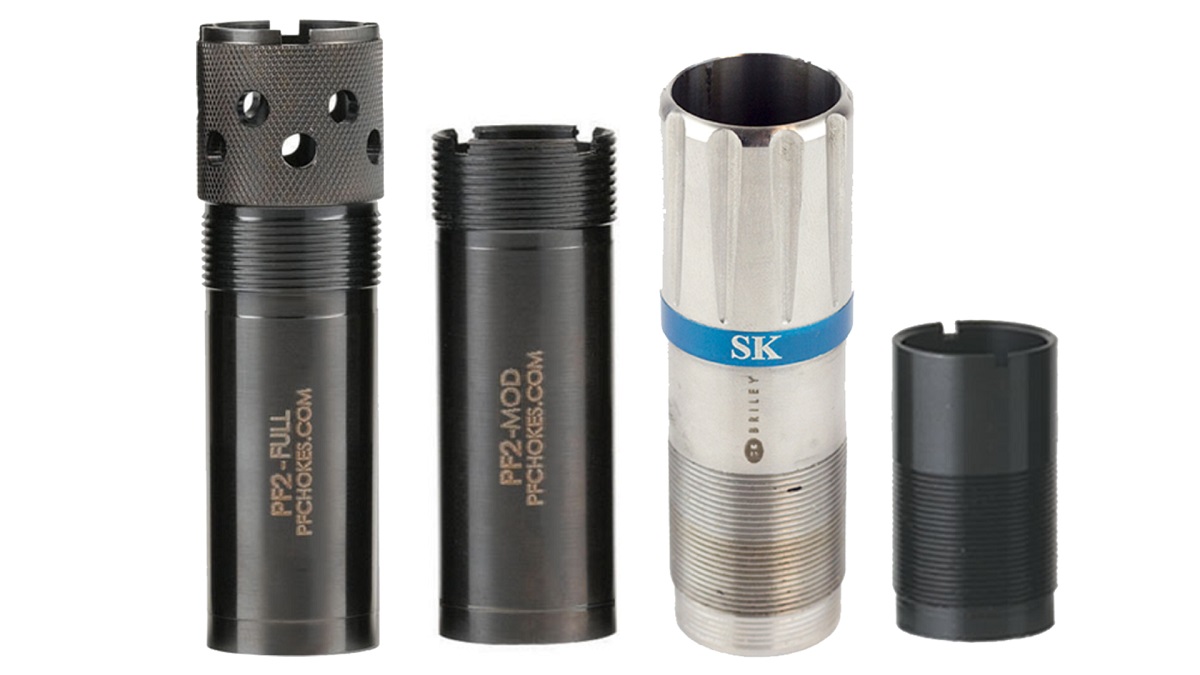
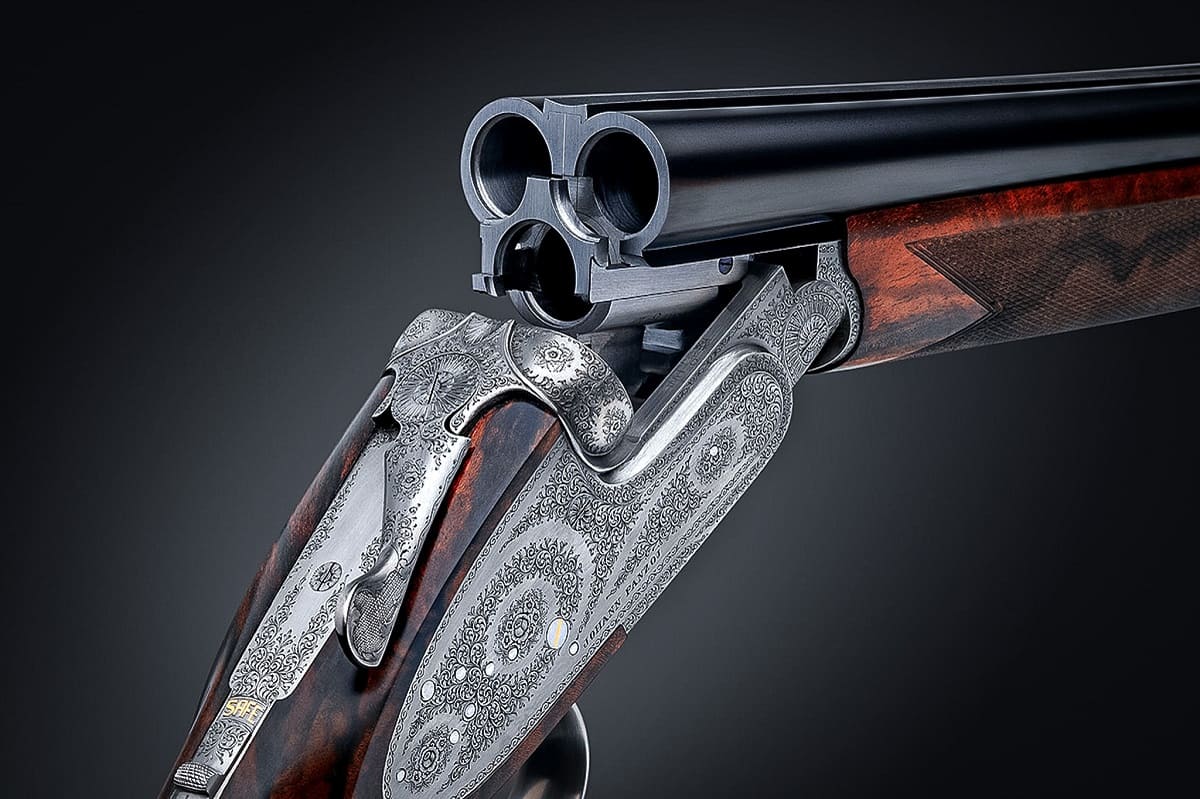
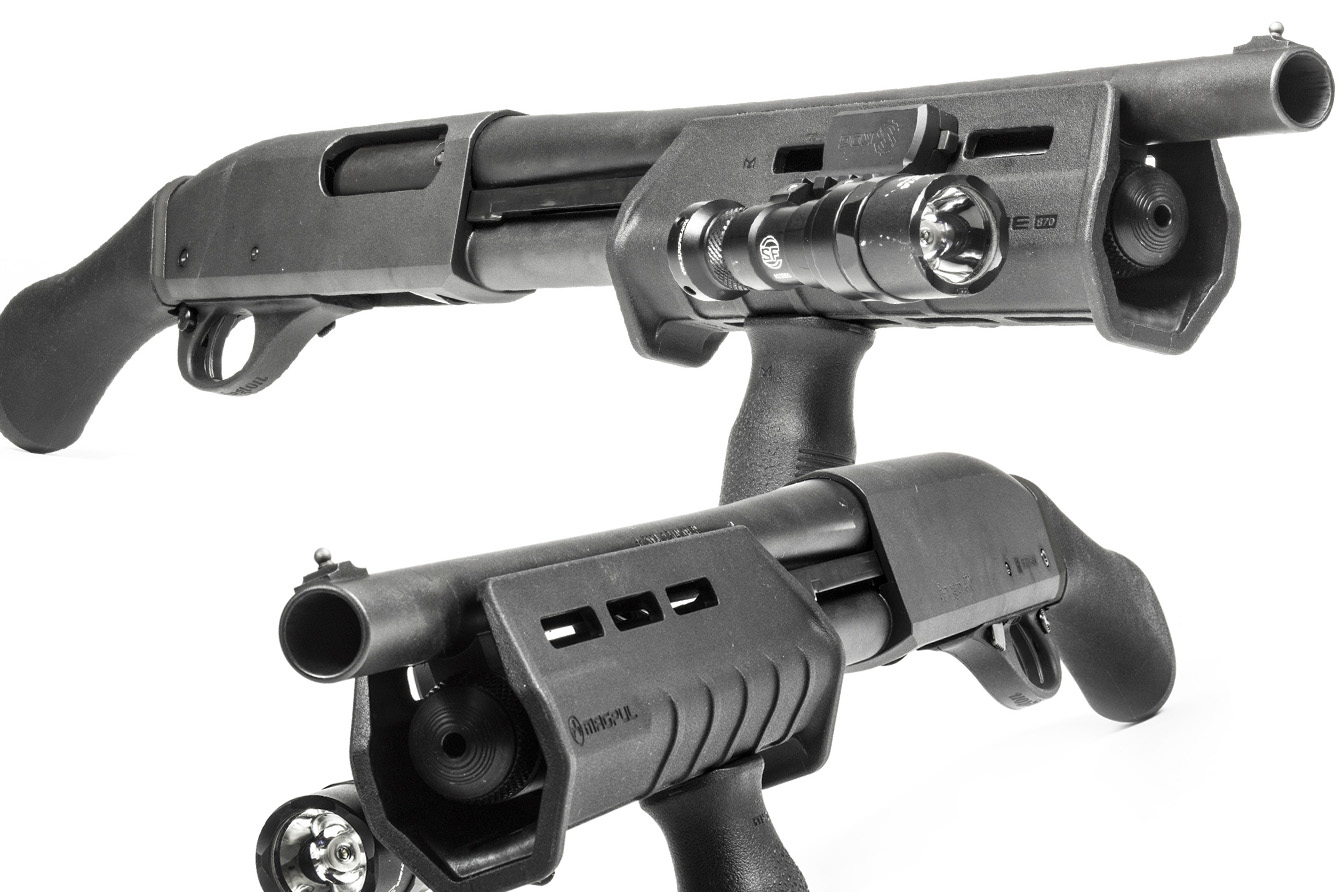
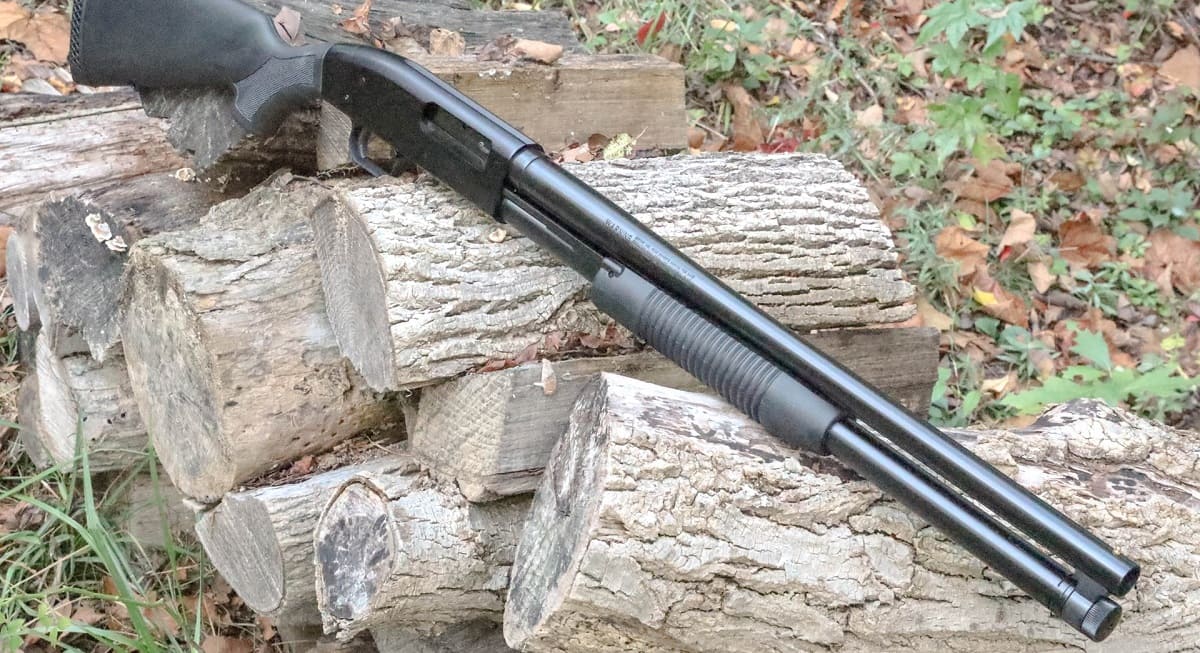

0 thoughts on “How To Store A Shotgun”